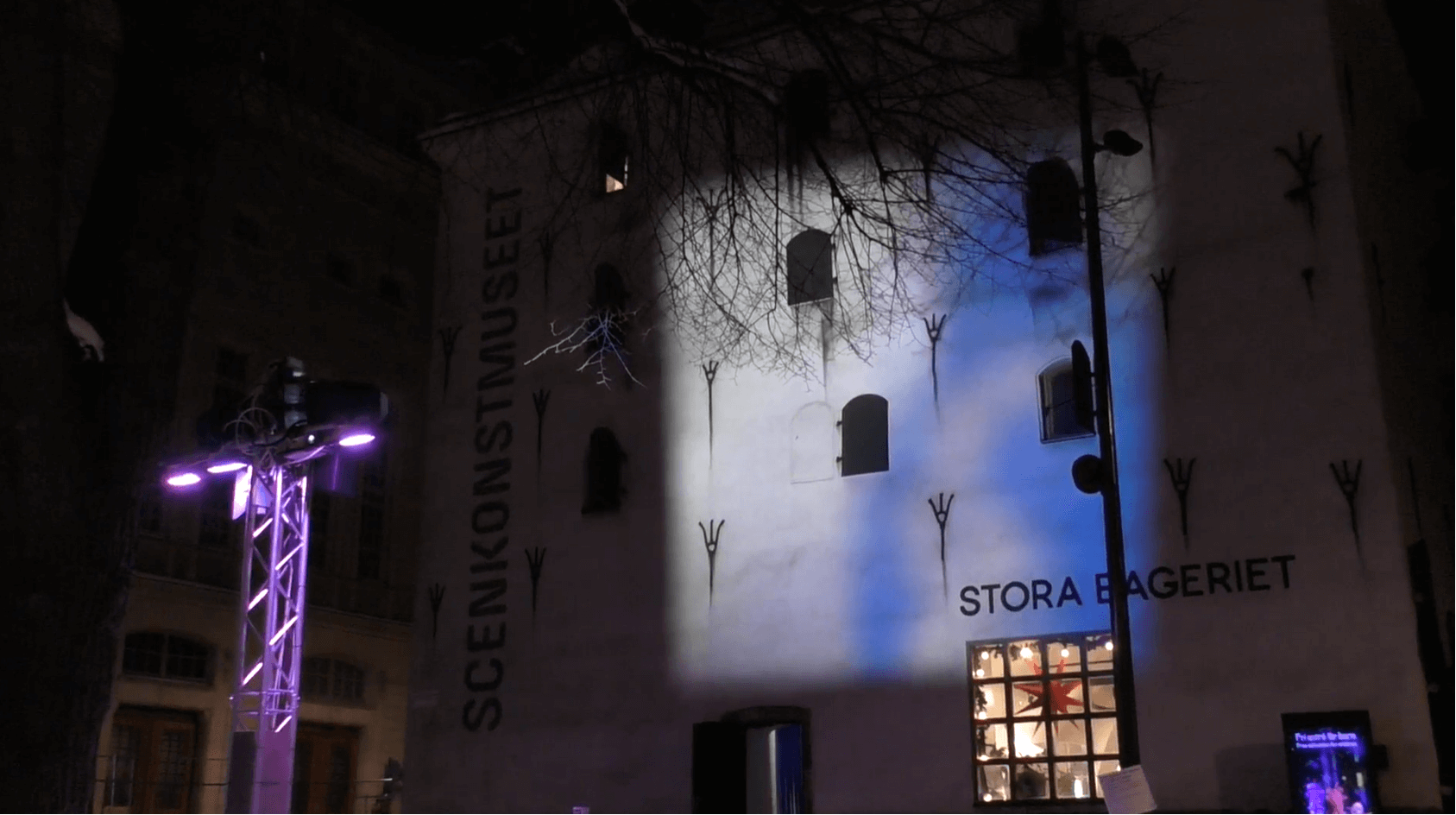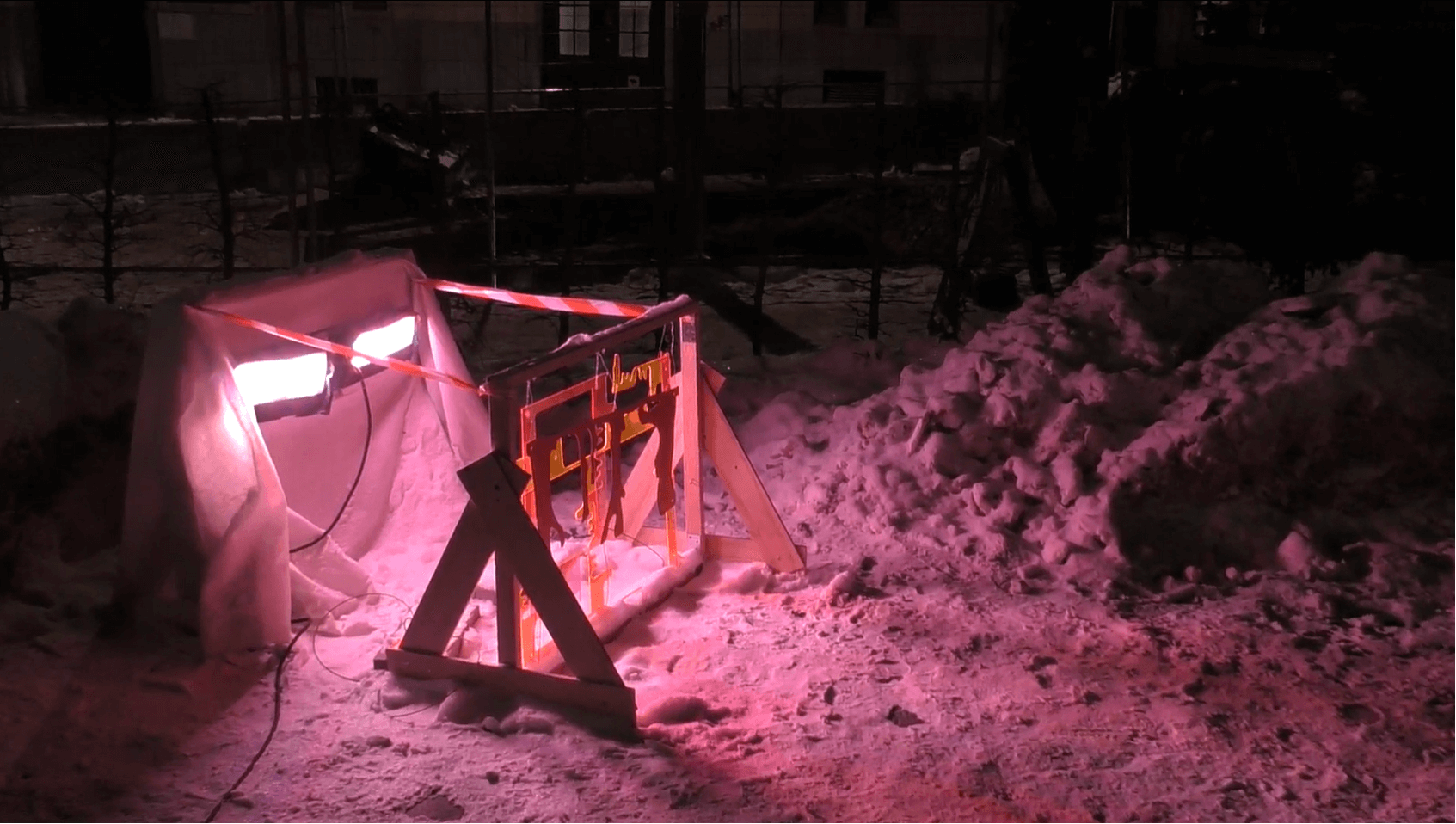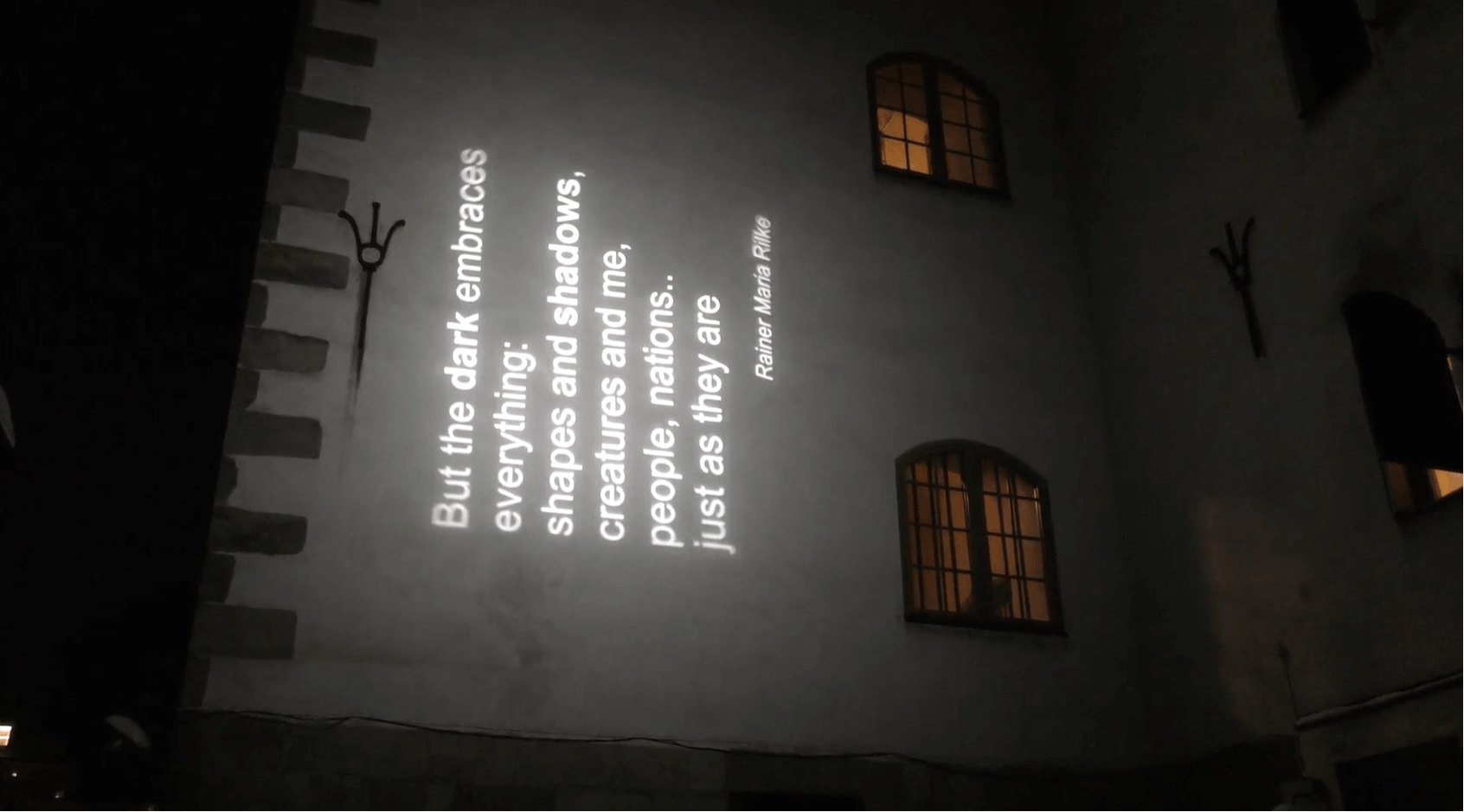NAVET @ Nobel Week Lights 2023
NAVET is proud to be part of a group of organisations that designed and developed light installations for the Nobel Week Lights 2023. Our installation, 'Circadian Waves: Resonance' was installed in Scenkonstmuseet, and open to the general public from 2 December 2023 to 10 Decemebr 2023. A detailed itinerary of the 2023 program can be found at the official website of the Nobel Week Lights 2023 .
'Circadian Waves: Resonance' - Installation Brief:
The artwork Circadian Waves: Resonances combines light and sound, inspired by the Nobel Prize awarded research into our bodies’ internal clocks.
Most life on earth has a rhythm that follows the changes of natural light throughout the day, also known as the circadian rhythm. This internal clock is set every day by exposure to the cycles of light and darkness. This phenomenon was the main focus for scientists Jeffrey C. Hall, Michael Rosbash and Michael W. Young, who were awarded the 2017 Nobel Prize in Physiology or Medicine for their “discoveries of molecular mechanisms controlling the circadian rhythm”.
In modern, urban society we rarely experience dark skies, and the city sounds never completely quiet down. Our rhythms are altered by patterns of lights and sounds that do not reflect the natural day. This affects not only humans, but also animals and plants.
Through this light and sound installation, the audience can experience the shifts between light and darkness, sound and silence in the middle of an urban environment, resonating with our internal, lost rhythms.
Credits:
The installation is created in a collaboration between the four Stockholm universities;
KTH (The Royal Institute of Technology), KMH (The Royal College of Music), SKH (Stockholm University of the Arts) and Konstfack (The University of Arts, Crafts and Design), part of the multidisciplinary research hub Navet Center KTH, in collaboration with Scenkonstmuseet and Costanza Julia Bani’s SKH-financed artistic research project Circadia, too loud and too bright.
Music composers:
Helena Linder Miñambres (KTH), Niklas Dahlquist (KMH) and Domantas Puras (KMH).
Konstfack Students:
Xing Liu, Anne Julia Ländle, Harshavardhan Pandian, Johanna Söderberg, Astrid Skagerström Lindau, Anna Gyllenklev, Anna Schweitz, Martina Lundkvist, Yuqing Tang, Rebecka Onarheim Jansson, Ivanna Kassandra Lora Pari and Wilda Wennelin Ströberg
KTH Students:
Lang Ning, Athul Krishna Avilissery Sureh, Olena Kondrashevska, Pegah Honarmand, Shikha Agrawal, Cristina Marciela Cornejo Meija, May Yee Chong, Qinging Gao, Sudipti Varadharajan, Caroline Alneskog, Israa Ashraf, Christofer Lee, Ashwin Ritesh Pherwani, Harsh Indurkar, Shongwei Sun, Valeria Corea, Inna Hakiki, Emil Johannes Rohde, Junda Dietze, Anatoli Tsaia, Nicolò Morello Benedetti, Hongjie Zhang and Veera Saastamoinen.
Professors:
Costanza Julia Bani (SKH), Ines Bartl (KTH) Ute Besenecker (KTH), Roberto Bresin (KTH),
Hamid Eizadi (KTH), Johanna Enger (Konstfack), Kim Hedås (KMH) and Rodrigo Muro (KTH).



